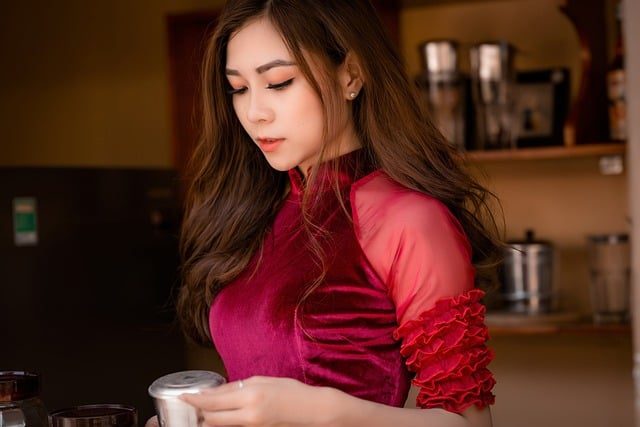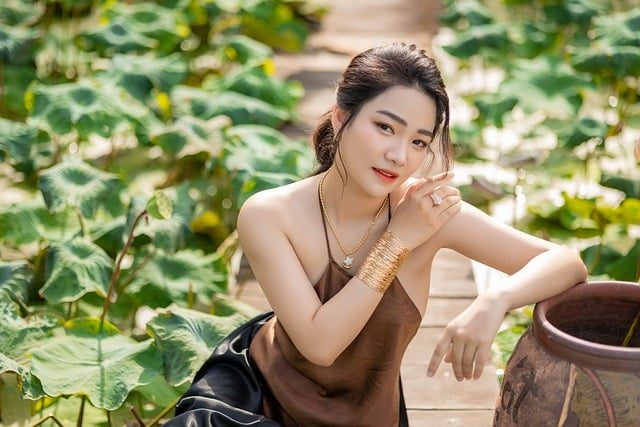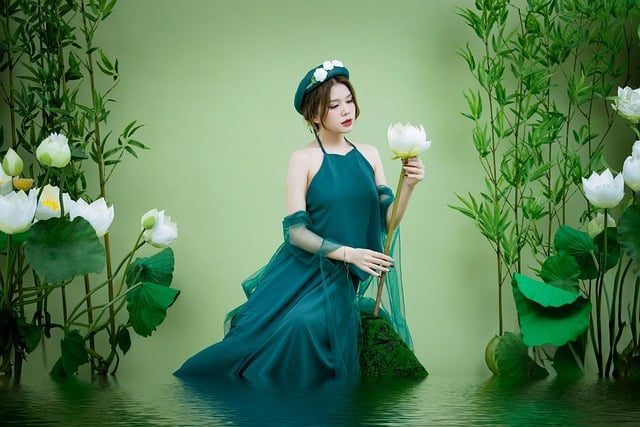The concept of beauty varies across cultures, and in Korea, it encompasses a set of ideals that have been shaped over centuries. From traditional expressions of beauty in art to contemporary influences of K-pop, these standards are multifaceted. In this article, we delve into the Korean beauty standards and explore their evolution, characteristics, and societal impacts.
What are the basic Korean beauty standards?
The basic Korean beauty standards revolve around several key traits. These often include a fair complexion, a youthful appearance, and distinct facial features. Traditionally, fair skin has been associated with purity and high social status, creating a cultural preference for lighter skin tones.
Long, straight hair and a V-shaped face are also highly coveted attributes. Many women aspire to achieve these features through various means, including makeup and cosmetic procedures. The pressures to conform can be overwhelming, especially for younger generations.
- Fair skin as a symbol of beauty.
- A youthful appearance that suggests vitality.
- A V-shaped face for enhanced femininity.
- Double eyelids for expressive eyes.
Additionally, the role of celebrities in shaping these standards cannot be underestimated. Figures like Kim Ji-soo and Kim Tae-hee have set trends that many aspire to follow, further perpetuating these ideals.
How have Korean beauty standards evolved over time?
Korean beauty standards have undergone significant transformations, transitioning from the ideals of the Joseon-era to today’s modern influences. In the past, beauty was often characterized by traditional values, emphasizing modesty and purity.
As globalization took hold, especially in the late 20th century, Korean beauty began to embrace more diverse influences. The rise of K-pop culture introduced new beauty norms, often glorifying a more polished and stylized appearance.

Today, while traditional ideals still persist, there is a growing acceptance of diverse beauty, encouraging personal expression and individuality. This shift is evident in the popularity of beauty influencers promoting a variety of looks and styles.
What are the key characteristics of Korean beauty standards?
The key characteristics of Korean beauty standards include several distinctive traits. Flawless skin is arguably the most prominent feature; a clear and radiant complexion is often prioritized above all else. Many turn to extensive skincare routines that focus on hydration and brightening.
Facial symmetry is another essential aspect, with a preference for a small, delicate nose and a pronounced jawline. Additionally, youthful features such as a heart-shaped face and large, expressive eyes are often sought after.
- Flawless skin as the ultimate goal.
- Symmetry in facial features for aesthetic appeal.
- Youthful traits that evoke freshness.
Moreover, makeup plays a crucial role in enhancing these features. Techniques like contouring and highlighting are widely used to achieve the desired look, often inspired by popular K-drama stars and K-pop idols.
How do Korean beauty standards affect women’s roles in society?
The impact of Korean beauty standards on women’s roles in society is profound. In many cases, beauty is equated with worth, leading to significant pressures to conform. This societal expectation can hinder professional opportunities and personal relationships.
Women often face biases in the workplace, where appearance may influence hiring decisions and promotions. The emphasis on beauty can also lead to mental health issues, as many struggle to meet unrealistic standards.

- Beauty as a measure of success.
- Pressure to conform to societal norms.
- Impact on mental health and self-esteem.
Despite these challenges, there is a burgeoning movement advocating for body positivity and acceptance, encouraging women to embrace their unique beauty rather than conform to a narrow definition.
What is the impact of K-pop on Korean beauty standards?
K-pop has become a global phenomenon, significantly shaping Korean beauty standards both locally and internationally. The idols represent an idealized version of beauty that many fans strive to emulate, creating a ripple effect on beauty trends.
With their flawless visuals and meticulously curated images, K-pop stars often set the tone for what is considered attractive. This has led to an increase in cosmetic procedures among fans wishing to achieve similar looks, particularly those involving facial enhancements.
The influence of K-pop extends beyond just appearance; it promotes a culture of self-expression through beauty, inspiring young people to explore their identities. However, it also perpetuates the idea that beauty is paramount, leading to ongoing discussions about its societal implications.
How do mixed-Korean individuals experience beauty standards?
Mixed-Korean individuals often navigate a complex landscape of beauty standards. They may face challenges in fitting the traditional Korean beauty standards, as their features may not conform to the prevailing ideals. This can lead to feelings of alienation and pressure to conform to one side of their heritage.
Their experiences can vary widely; some may embrace their mixed heritage as a unique aspect of their identity, while others may struggle with societal expectations. The increasing visibility of mixed-Korean individuals in media and fashion is beginning to challenge the longstanding norms.

As the conversation around beauty evolves, there is a growing recognition of the beauty in diversity, encouraging acceptance of all forms of beauty, including those that exist outside traditional standards.
What are the counter-movements challenging Korean beauty ideals?
In response to the pressures of Korean beauty standards, various counter-movements have emerged, advocating for broader definitions of beauty. These movements emphasize self-acceptance and challenge the notion that beauty is synonymous with appearance.
Social media has played a crucial role in these shifts, allowing individuals to share their stories and experiences. Influencers and activists are using platforms to promote body positivity and mental wellness, encouraging others to embrace their authentic selves.
- Body positivity movements advocating for self-acceptance.
- Social media as a platform for diverse beauty.
- Activism focused on mental health and wellness.
While the journey toward acceptance is ongoing, these movements signify a critical dialogue about beauty standards and their impact on individuals and society as a whole.
Related Questions About Korean Beauty Standards
What are the beauty standards in Korea?
The beauty standards in Korea include traits like a fair complexion, a V-shaped face, and flawless skin. These ideals are deeply rooted in cultural heritage and modern influences, creating a complex framework that many aspire to meet.
Who has the most Korean beauty standards?
Many K-pop idols and actors, such as Kim Ji-soo and Kim Tae-hee, embody the most recognized Korean beauty standards. Their looks and styles have influenced countless fans, further entrenching these ideals in popular culture.

How do I check my Korean beauty standards?
Evaluating your alignment with Korean beauty standards often involves comparing your attributes to those celebrated in media and culture. However, it’s vital to focus on self-acceptance rather than strict comparisons, as beauty is subjective and personal.
Which K-pop idol broke Korean beauty standards?
Several K-pop idols have begun to challenge traditional Korean beauty standards by embracing their unique features. For example, some idols have touted the beauty of natural looks and imperfections, promoting a more inclusive definition of beauty.
To learn more about these evolving standards, check out this insightful video:

